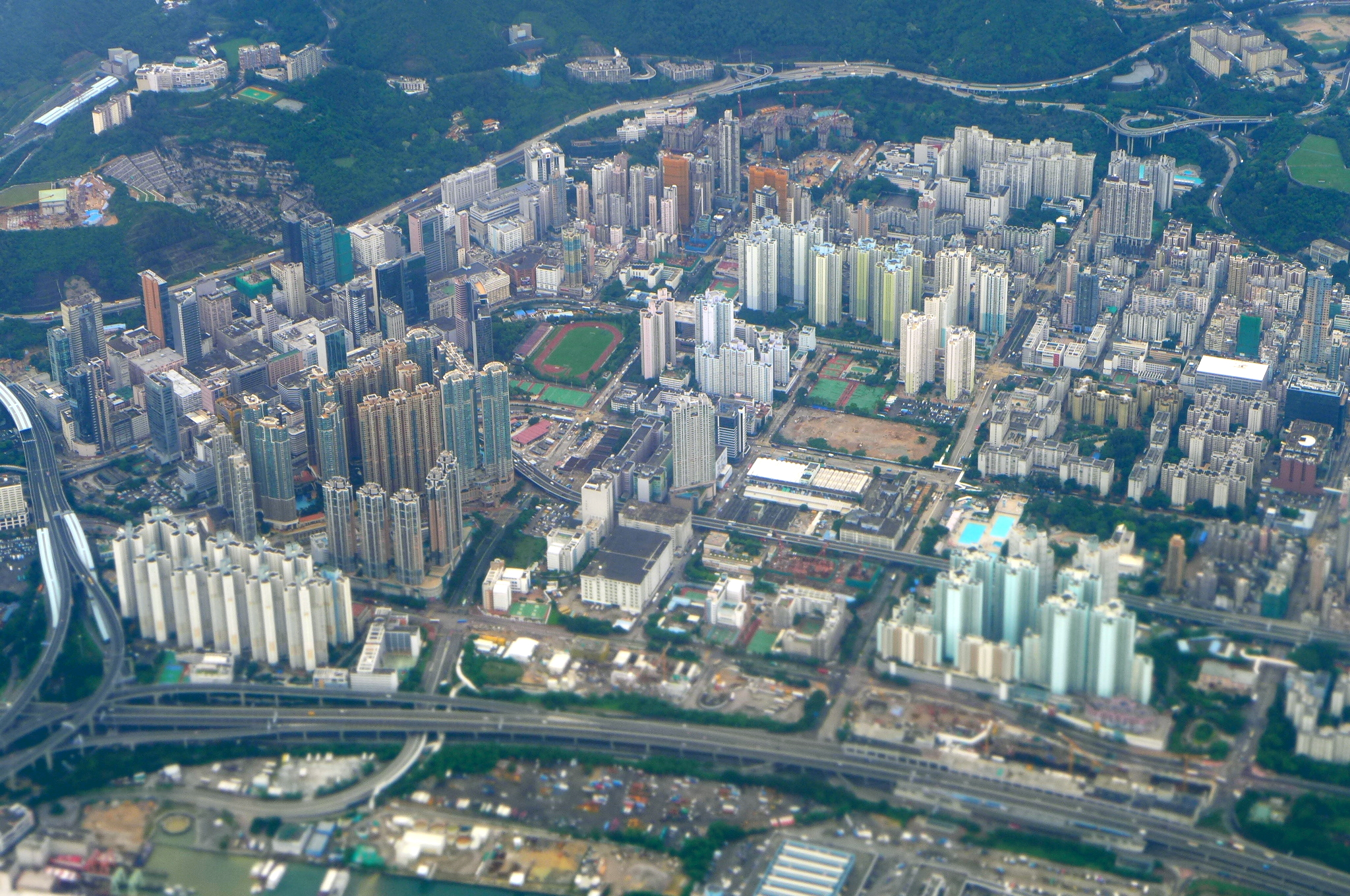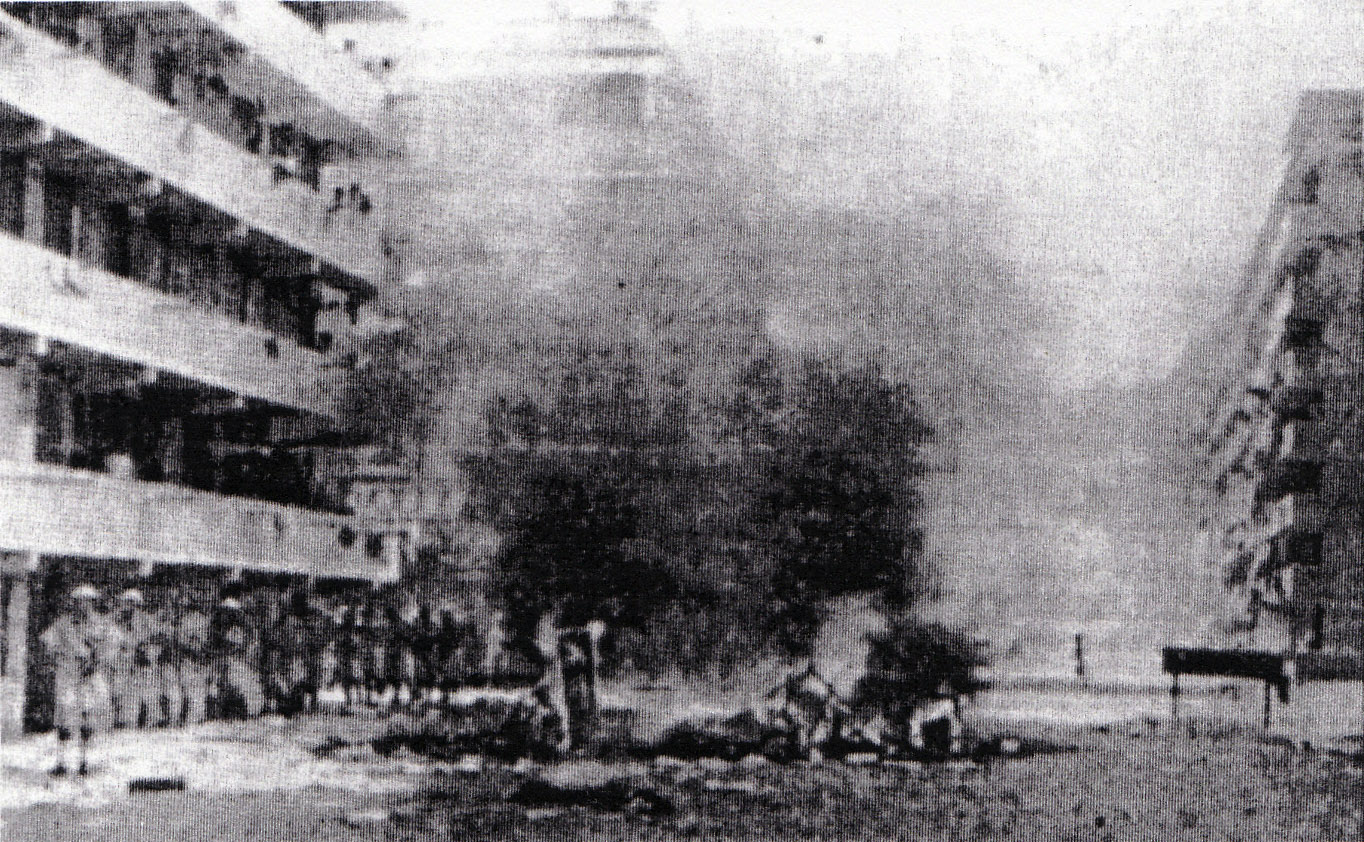|
Lei Cheng Uk Estate
Lei Cheng Uk Estate () is a public housing estate and Tenants Purchase Scheme estate in Lei Cheng Uk, downhill from Cheung Sha Wan, Kowloon, Hong Kong, located near the So Uk Estate. Since the redevelopment in 1980s, the estate consists of 10 residential buildings completed in 1984, 1989 and 1990 respectively. In 2002, some of the flats were sold to tenants through Tenants Purchase Scheme Phase 5. The estate is now managed by Hong Kong Housing Society. History In 1955, while levelling a hill to construct the Lei Cheng Uk Resettlement Area, workers discovered an ancient brick tomb dating to the Eastern Han Dynasty (25220CE). A total of 58 pottery and bronze objects were found inside the tomb. The site is now the Lei Cheng Uk Han Tomb Museum. In 1956, during < ... [...More Info...] [...Related Items...] OR: [Wikipedia] [Google] [Baidu] |
Cheung Sha Wan
Cheung Sha Wan is an area between Lai Chi Kok and Sham Shui Po in New Kowloon, Hong Kong. It is mainly residential to the north and south, with an industrial area in between. Administratively it is part of Sham Shui Po District, which also includes Lai Chi Kok. History As its Chinese name suggests, it was formerly a bay with a long sandy beach. It spans roughly from today's Butterfly Valley Road at the west to Yen Chow Street at the east. The beach was a gathering place for many Tanka fishermen before its development. The original shoreline approximates the present Castle Peak Road and Un Chau Street. Inland, villages of Om Yam, Ma Lung Hang, Pak Shu Lung, So Uk, Li Uk, Wong Uk and others sparsely occupied the whole bay of Cheung Sha Wan. Rivers from Beacon Hill, Crow's Nest and Piper's Hill formed a long plain behind the beach. Farmlands filled between villages. A larger river ran in Butterfly Valley separating Cheung Sha Wan and Lai Chi Kok. A sandbar was foun ... [...More Info...] [...Related Items...] OR: [Wikipedia] [Google] [Baidu] |
Hong Kong 1956 Riots
The 1956 Hong Kong riots, also known as the Double Ten riots ( zh, t=雙十暴動), were the result of escalating provocations between the pro-Kuomintang and pro-CCP camps on Double Ten Day, 10 October 1956.HKheadline.com.HKheadline.com" ''雙十暴動:香港最血腥的一天.'' Retrieved on 7 July 2010. Most violence took place in the town of Tsuen Wan, five miles from central Kowloon. A mob stormed and ransacked a clinic and welfare centre, killing four civilians."Hong Kong: Trouble on the Double Ten" '''' Monday, 22 Oct. 1956 The protests spread to other parts of [...More Info...] [...Related Items...] OR: [Wikipedia] [Google] [Baidu] |
Residential Buildings Completed In 1990
A residential area is a land used in which housing predominates, as opposed to industrial and commercial areas. Housing may vary significantly between, and through, residential areas. These include single-family housing, multi-family residential, or mobile homes. Zoning for residential use may permit some services or work opportunities or may totally exclude business and industry. It may permit high density land use or only permit low density uses. Residential zoning usually includes a smaller FAR (floor area ratio) than business, commercial or industrial/manufacturing zoning. The area may be large or small. Overview In certain residential areas, especially rural, large tracts of land may have no services whatever, such that residents seeking services must use a motor vehicle or other transportation, so the need for transportation has resulted in land development following existing or planned transport infrastructure such as rail and road. Development patterns may be re ... [...More Info...] [...Related Items...] OR: [Wikipedia] [Google] [Baidu] |
Public Housing Estates In Cheung Sha Wan
The following is an overview of Public housing estates in Cheung Sha Wan, Hong Kong, including Home Ownership Scheme (HOS), Green Form Subsidised Home Ownership Scheme (GFSHOS), Private Sector Participation Scheme (PSPS), and Tenants Purchase Scheme (TPS) estates. History Historians suggested there were inhabitants settled in this area during Eastern Han Dynasty ( 25 A.D-220 A.D ), as an Eastern Han tomb was discovered in the year 1955, the Eastern Han tomb now become Lee Cheng Uk Museum () when Lee Cheng Uk Estate () was built. Overview Cheung Sha Wan Estate The original Cheung Sha Wan Estate () opened between 1963 and 1964 as the Cheung Sha Wan Government Low Cost Housing Estate (). It was renamed following the 1973 establishment of the Housing Authority. All thirteen blocks of this estate were demolished in 2001 as part of the Comprehensive Redevelopment Programme, announced 1995. Most displaced residents were moved to the nearby Fortune Estate. A new estate opened in ... [...More Info...] [...Related Items...] OR: [Wikipedia] [Google] [Baidu] |
Census And Statistics Department
The Census and Statistics Department (C&SD; ) is the provider of major social and economic official statistics in Hong Kong. It is also responsible for conducting Population Census and By-census in Hong Kong since 1971. Its head office is in the Wanchai Tower in Wan Chai. Antecedent The history of population censuses in Hong Kong can be traced back to the 1840s. According to early government records, the first set of census results were published in the 2nd issue of H.K. Govt. Gazette (1841 May). Regular population censuses have been taken ever since, except for the main gap between 1931 and 1961. In addition to population censuses, other statistics like number of ships entered, trade tonnage, public revenue and expenditure, death rate for European and American residents, number of schools, school attendance, number of prisoners and police strength were collected through various government departments in a scattered fashion. In 1947, a Department of Statistics was set ... [...More Info...] [...Related Items...] OR: [Wikipedia] [Google] [Baidu] |
Census In Hong Kong
Population censuses / by-censuses in Hong Kong are conducted by the Census and Statistics Department (C&SD) of the Hong Kong SAR Government. The aim is to provide up-to-date benchmark statistics on the demographic and socio-economic characteristics of the population and on its geographical distribution. Since 1961, a population census has been conducted in Hong Kong every 10 years and a by-census in the middle of the intercensal period. The last census, 2021 Population Census in Hong Kong was conducted by C&SD from 23 June to 4 August 2021. Objectives It is an established practice in Hong Kong to conduct a population census every 10 years and a population by-census in the middle of the intercensal period. The next population census will be conducted in 2021. The aim is to provide up-to-date benchmark statistics on the demographic and socio-economic characteristics of the population and on its geographical distribution. Such statistics are vital to the Government for plannin ... [...More Info...] [...Related Items...] OR: [Wikipedia] [Google] [Baidu] |
Old Slab
Old Slab () is a design of residential block of Hong Kong public housing estate. The building of this type consists of one or more elongated rectangular blocks, joining end by end. Gallery File:HK Kennedy Town Sai Wan Estate birdeyes 2.JPG, Sai Wan Estate File:Kwai Shing West Estate BLK01-04.jpg, Kwai Shing West Estate File:HK Ha Kwai Chung Lai King Estate Ming King House.JPG, Lai King Estate File:WCH Estate BLK05 and 06.jpg, Wong Chuk Hang Estate, demolished in 2009 File:ChoiYuenEstate.jpg, Choi Yuen Estate File:Lai Kok Estate.jpg, Lai Kok Estate File:Ching Kwai House, Cheung Ching Estate overview & Ching Chun Court part one in March 2021.jpg, Cheung Ching Estate See also * Types of public housing estate blocks in Hong Kong Public housing estates in Hong Kong are the most common kind of public housing in Hong Kong. Typically, estate units are leased to low-income people. There are three organizations that provide housing units. They are Hong Kong Housing Authority (HK . ... [...More Info...] [...Related Items...] OR: [Wikipedia] [Google] [Baidu] |
Pro-ROC Camp (Hong Kong)
The pro-Republic of China camp (), or the pro-Kuomintang camp (), is a political alignment in Hong Kong. It generally pledges allegiance to the Republic of China (ROC) in Taiwan and the Kuomintang (Chinese Nationalist Party). The pro-ROC camp were called "Rightists" and was one of the two major political forces in Hong Kong during the first decades of the post-war period of the British colony of Hong Kong. The pro-ROC camp, who competed with the pro-Communist "Leftists", has gradually declined in numbers after the Republic of China's departure from the United Nations in 1971 and the signing of the Sino-British Joint Declaration in 1984 which decided Hong Kong's sovereignty to be handed over to the People's Republic of China (PRC). Today, it is generally aligned with the pro-democracy camp in Hong Kong and the Pan-Blue Coalition in Taiwan led by the Kuomintang. The pro-ROC camp closely follows the Kuomintang's doctrines, including Sun Yat-sen's Three Principles of the People ... [...More Info...] [...Related Items...] OR: [Wikipedia] [Google] [Baidu] |
Flag Of The Republic Of China
A flag is a piece of fabric (most often rectangular or quadrilateral) with a distinctive design and colours. It is used as a symbol, a signalling device, or for decoration. The term ''flag'' is also used to refer to the graphic design employed, and flags have evolved into a general tool for rudimentary signalling and identification, especially in environments where communication is challenging (such as the maritime environment, where semaphore is used). Many flags fall into groups of similar designs called flag families. The study of flags is known as "vexillology" from the Latin , meaning "flag" or " banner". National flags are patriotic symbols with widely varied interpretations that often include strong military associations because of their original and ongoing use for that purpose. Flags are also used in messaging, advertising, or for decorative purposes. Some military units are called "flags" after their use of flags. A ''flag'' (Arabic: ) is equivalent to a ... [...More Info...] [...Related Items...] OR: [Wikipedia] [Google] [Baidu] |



